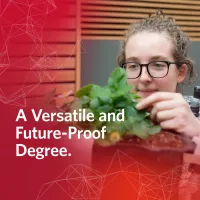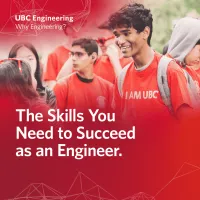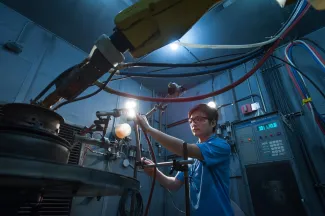"There is a lot of cutting-edge work being done in materials engineering at UBC, and there are some incredible opportunities for students to get involved."
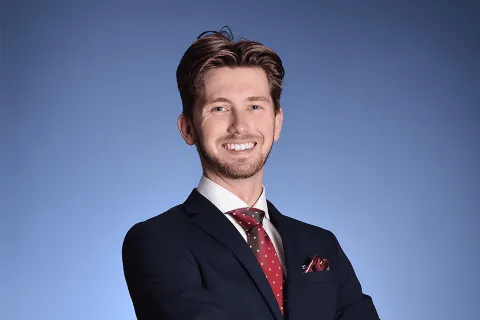
Harry Riley
- Degree:
- Bachelor of Applied Science
- Grad year: 2024
- Program:
- Campus: Vancouver
Job: Prototype and testing technician, Koenigsegg Automotive
Tell us about your job at Koenigsegg Automotive.
I’m a prototype and testing technician at Koenigsegg Automotive, a Swedish company that’s building the fastest megacars in the world – cars that have a one megawatt power rating. I’m working in battery development for the Gemera, a hybrid electric vehicle.
I’m building and testing prototype batteries and am part of the industrialization planning process, looking at ways to scale up the process for the 300 cars that are expected to be manufactured.
I’ve loved Koenigsegg cars from way back when I first saw them on Top Gear. I’d wanted to work here for a long time, and was watching their job board from about second year on to get a sense of where the company was headed.
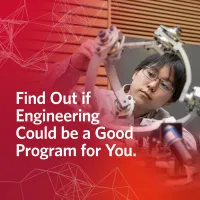
Have you had a chance to drive a Koenigsegg car? What’s it like?
Not yet, but I did get a ride-along for testing! Feeling a 1,400 kilogram car put down 1,600 horse power is no joke. Admittedly, I wished I packed an extra pair of underwear!
What got you interested in engineering?
There are a lot of mechanically minded people in my family. My dad was always into cars and got me into cycling and fixing bikes from a young age, my grandfather was interested in motorcycles and my godfather worked for NASA. A middle school trip to NASA at Cape Canaveral also really solidified my interest in engineering.
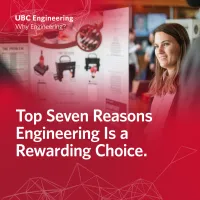
How did you end up in materials engineering?
One thing I really liked about UBC is that you don’t have to decide which area of engineering you want to specialize in when you’re first applying. The first year foundation program gives you lots of time to research your options.
I was attracted to materials engineering because I liked the idea of a smaller department where it would be easier to have access to profs and there could be a stronger sense of community among the students.
This was a great choice for me. There is a lot of cutting-edge work being done in materials engineering at UBC, and there are some incredible opportunities for students to get involved. In second year, I was volunteering in a lab and learning so much from grad students (which made third year pyrometallurgy much easier). The profs are very welcoming and encourage students to come into their labs and learn about their work.
First year foundation program Materials engineering
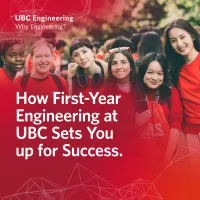
Anything else you want to share?
When I was captain of Formula UBC, lots of students would come to me with specific technical problems. And I would say, “oh, there’s this prof we can go talk to” or “that person on the team can help you out” or “check out this specific resource in the library.”
What I am saying is that the resources available at UBC are quite incredible, from the professors to the services. It’s up to you to pursue them and take advantage of them.
What you don’t see on someone’s CV are the conversations that led to an opportunity, and at UBC there are so many opportunities for those conversations to take place.
